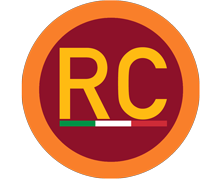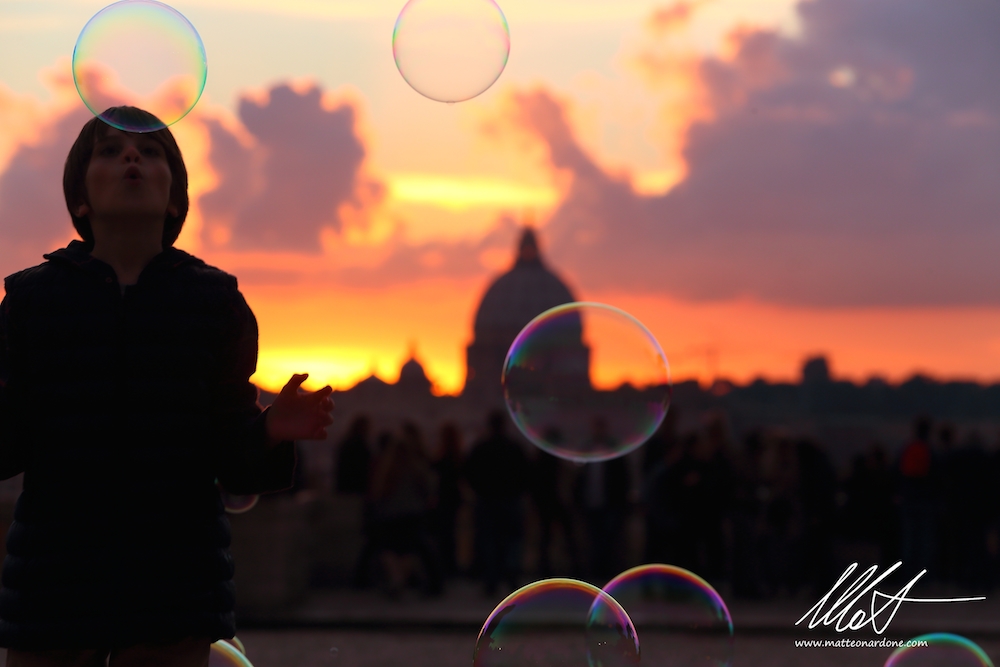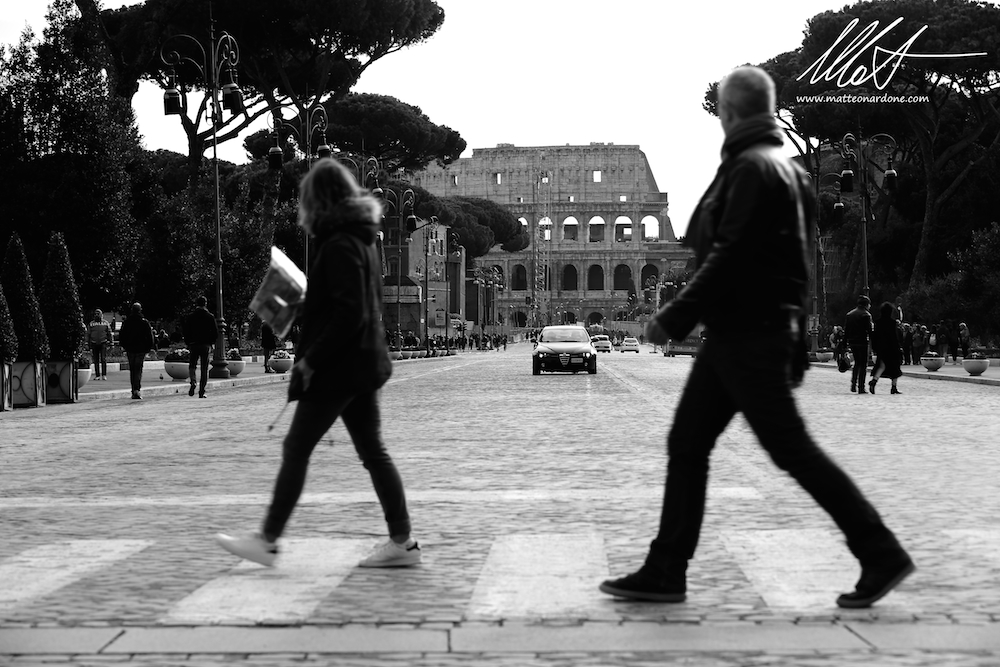From sunrise to sunset some images, faces and emotions of the capital stopped by him, one of the most active Roman photographers of the moment.
It may well find Matteo Nardone to the Pincio, or on a set dedicated to the actors, including the protests for social rights or to those who demand a safe place and dignity for migrants. He, photographer in Rome, is always busy on several fronts, and be able to talk to him is not that simple.
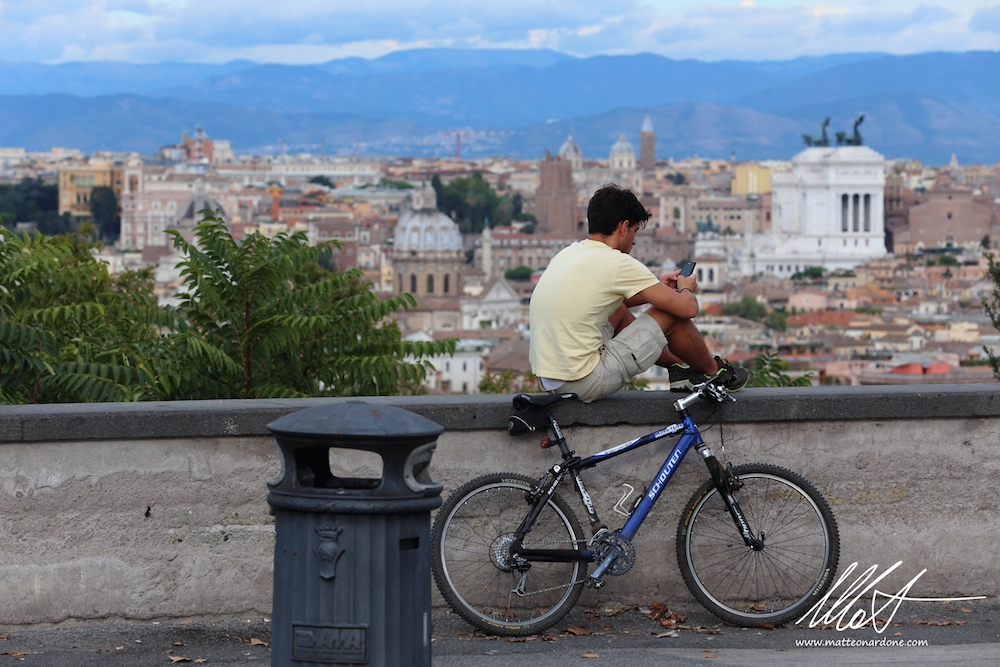 So, after several weeks, and over a cup of tea (from Necci, Pigneto) told what is his job.
So, after several weeks, and over a cup of tea (from Necci, Pigneto) told what is his job.
I live for the day ” – begins immediately Matteo,” This is an all-encompassing work. Every place, every situation is an inspiration to a click, to immortalize the moment and convey emotions. To this I can not help but take pictures. When there was an earthquake, the first strong shock to Amatrice, which was also felt in Rome, I was in Sicily. On holiday in Palermo for a few days, I took advantage to make a photo report to the salt flats of Trapani-Marsala. The salt pans are a particularly beautiful place, with the windmills and the play of light. ”
It is not easy to change from one place to another, and photograph totally different situations. How do you do?
Live continuous emotions and my work you can always try them. This is why I consider it a job that rejuvenates. I feel privileged, because at the same time stretch the various arts. With the objective can capture the emotions in more areas, people and events, if I think for example to a scene in the theater. So try to convey with the art – photography – emotions with the aim of making people feel better. I say this because I got to realizing personally accountable. Having made several exhibitions I got to listen to what they told visitors, how they felt and heard in front of my photos.
How did you start?
I became a professional photographer for about six years, or so, is not much, but already I was doing in my so-called “first life” when I was a type of work (and life) completely different, working as a programmer analyst in a ‘computer company, also because there was a passion since I was a child when my father made me try his nikon (obviously analog). Then I made the folly of my life, or live my passion and my art.
Is there a particular moment that left you sign?
What I was most impressed in the memories was the event “Le parole di Lulù” organized by Niccolò Fabi Casale Treja to raise funds in favor of “Doctors with Africa CUAMM”, was in 2010 if I remember correctly, and from that day Niccolò organizes every year along with Shirin a day out in Italy dedicated to children. The emotions that gave me that day are still vivid in my memory. They were special moments, intense and full of emotion, and also many expressions of esteem and friendship toward Niccolò impressed me a lot. As such times, there have been other more recent related to the earthquake and the days to Amatrice. Of course I was also in Norcia, then.
How is it that you choose to go to a place where you know that, at that time, the facts are happening completely outside the control of men, like the earthquake?
What happens is that you wake up, you hear the news and decide to leave. And they left. And while you travel, and you know you have to expect to get around. And ‘an awareness that you always carry with you, such as your camera.
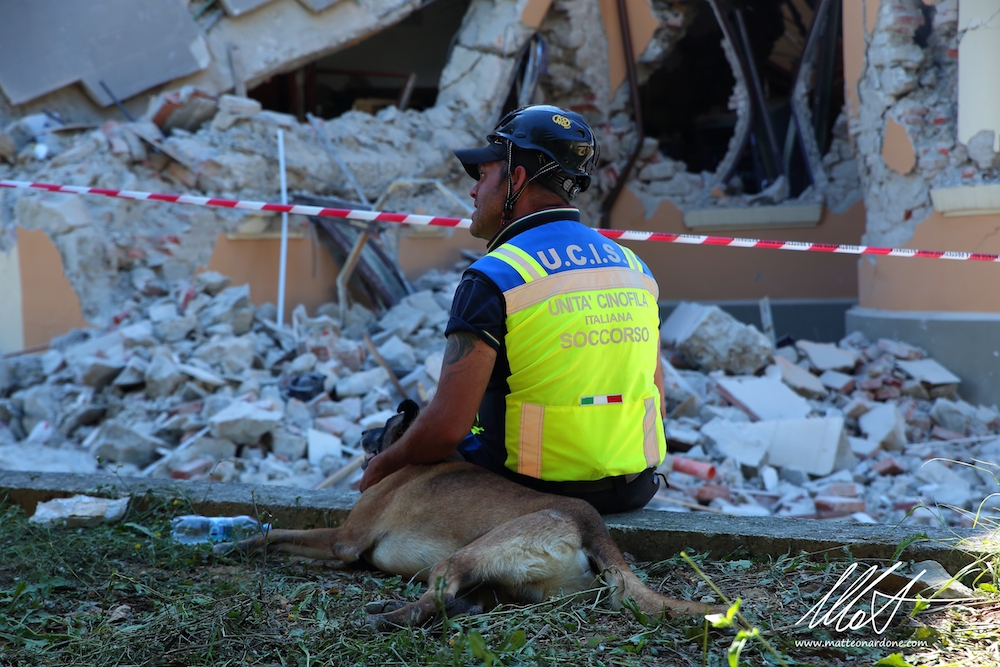 It was the first time in Amatrice?
It was the first time in Amatrice?
In fact I had also followed the earthquake Aquila, although after some time. I knew well the Aquila before the earthquake because my father has an apartment in a valley nearby, and as a child often went to L’Aquila. Observe it in the years after the earthquake was shocking: from city full of life and initiatives in a ghost town. Every time I happen to transfigure with the mind that the life situations and approach them to places or events, which are familiar to me and I have lived or immortalized. On that occasion I’ve come up with an image, a comparison with Santa Maria della Pietà (the former insane asylum of the capital) and the thrusts of buildings in L’Aquila seemed like the belts of the strengths of people forced to live shirt in what I think was a real prison. Then I got to do a story in some countries affected by the earthquake in Abruzzo, such as Onna and in 2013 I went on a reportage of the earthquake in Emilia (Mirandola, Medolla, San Felice sul Panaro) that after a few months of its nature they were already in the process of reconstruction. Amatrice was different because I went in the first few days after the earthquake, and live tremors have upset me, it looked like being on a treadmill.
 You have a load of emotions that build up in these moments and then you have to vent somehow. And, in fact, the locals who gave us a ride through the affected countries have told their story, what had happened. Stories that hardly manage to forget. People in a matter of seconds they lost everything. Their home, their business, family. People who needed to talk, to vent, even with strangers as I was at that juncture.
You have a load of emotions that build up in these moments and then you have to vent somehow. And, in fact, the locals who gave us a ride through the affected countries have told their story, what had happened. Stories that hardly manage to forget. People in a matter of seconds they lost everything. Their home, their business, family. People who needed to talk, to vent, even with strangers as I was at that juncture.
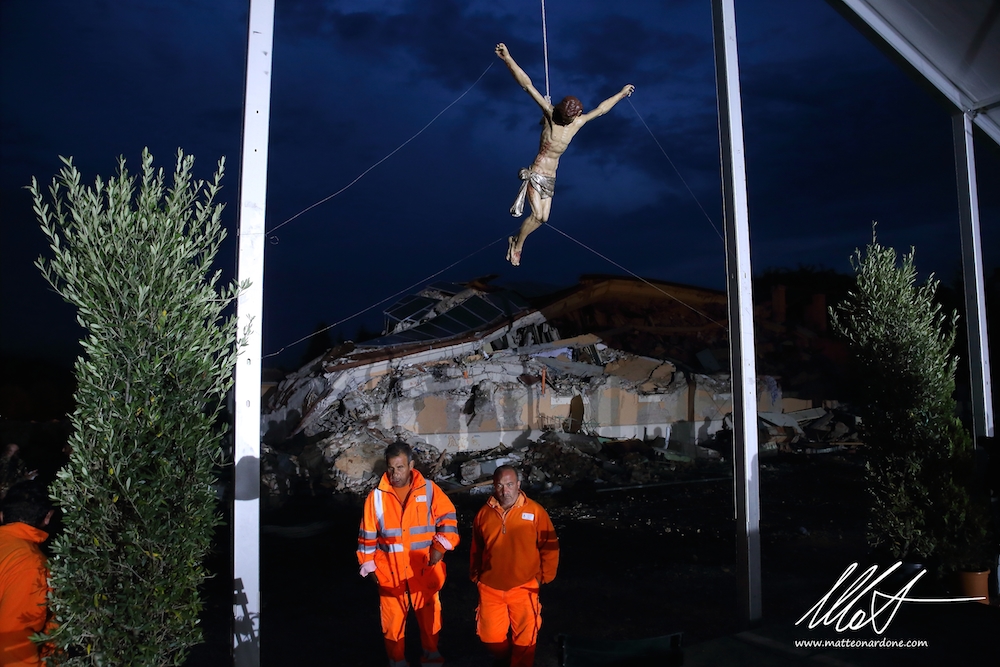 How you can live those moments?
How you can live those moments?
Undoubtedly regarding my work there is a moral scruples even in taking the pain. I am a photographer, yes, but I also have an ethic, and you know the time when you have to stop and not have to go further. Also you understand that life is really hanging by a thread. I am very emotional, I feel a dreamer, idealist and empathetic. With my work I try to convey a positive message, how people react, like everyone in his small looking to improve. And art to this need … “Where there’s a sunset, there is a dawn”. Art for me is to give emotions to people trying to make her feel better by giving them a moment of serenity.
Do you really like the sunsets, they different photographers? Oh yes, because the sunsets are among the things that I like best capture. Especially those on the sea, as in the Maremma, where when I have a few days off I go.
It’s my little haven. wild beaches, sea, Mediterranean, gulls, surrounded by nature.
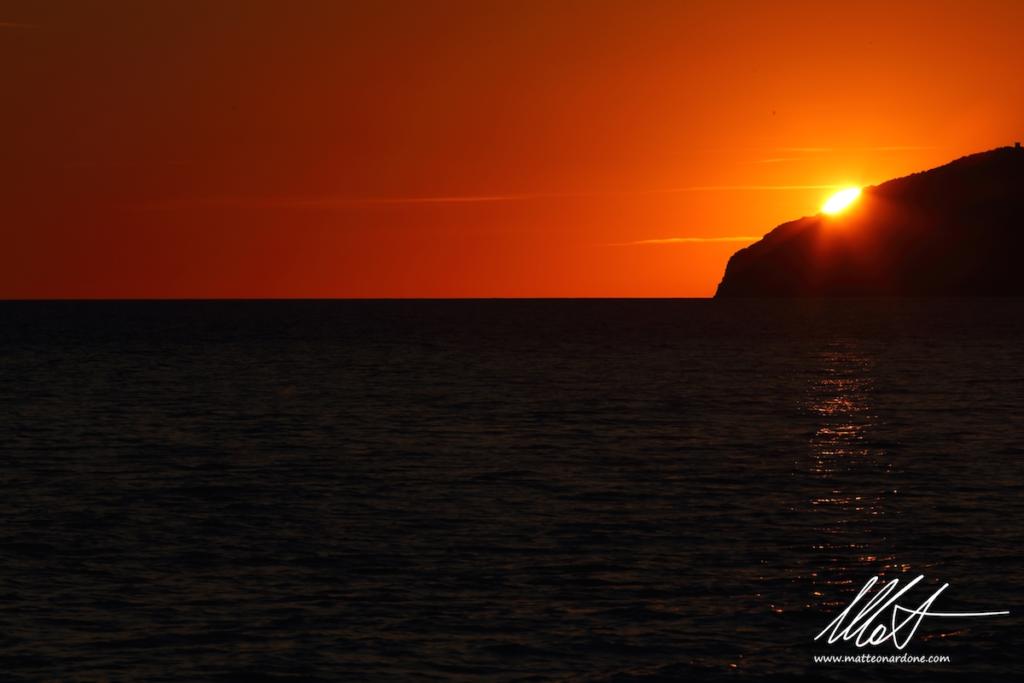 Live those moments it is as if I felt in another dimension. Capture the sunsets for me is relaxing, although you still have to be able to seize the moment. While the news and politics have a lot less time and more frantic.
Live those moments it is as if I felt in another dimension. Capture the sunsets for me is relaxing, although you still have to be able to seize the moment. While the news and politics have a lot less time and more frantic.
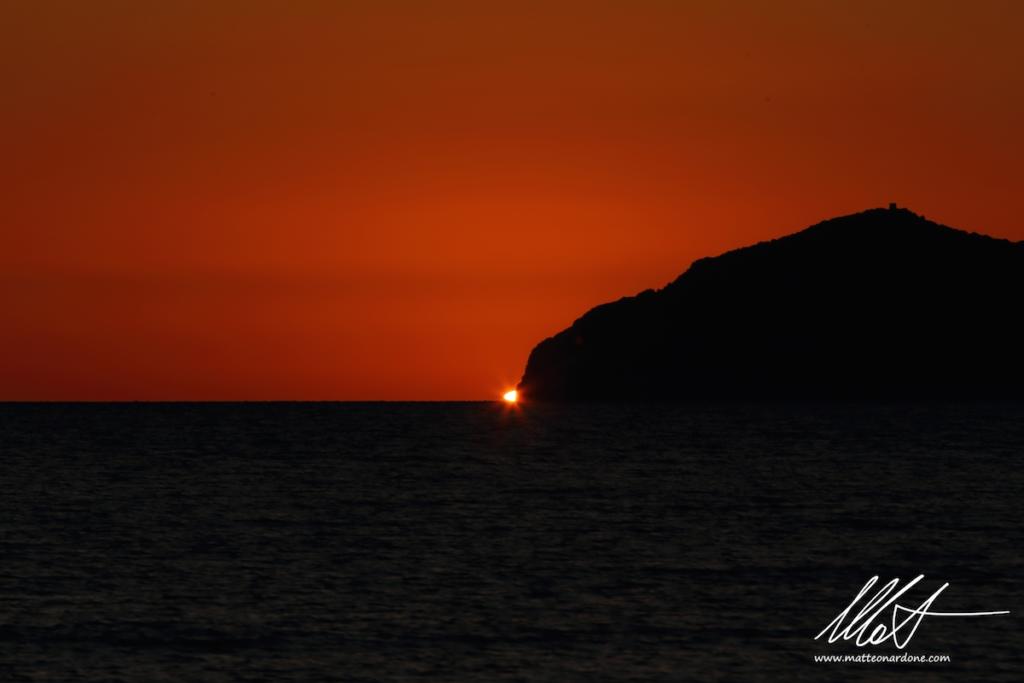 What are your favorite subjects?
What are your favorite subjects?
In general I do not have favorite subjects, although I must admit that it is to capture a smile of great satisfaction. What could be more beautiful and fascinating than a smile?
And there are situations that will thrill you more?
For example, one of the events that is very dear to me is that of the Baobab and the situation of migrants in Rome.
 The’m Following two years, and are different pictures and the still images that crowd my mind. If you had to pick one of those few that stuck with me the most impressed is the image of a black boy in front of the distribution of the meal. As he approached the plate and fork and stared at me. Or that of a child leaning on his tent, staring toward the horizon like to look at his future.
The’m Following two years, and are different pictures and the still images that crowd my mind. If you had to pick one of those few that stuck with me the most impressed is the image of a black boy in front of the distribution of the meal. As he approached the plate and fork and stared at me. Or that of a child leaning on his tent, staring toward the horizon like to look at his future.
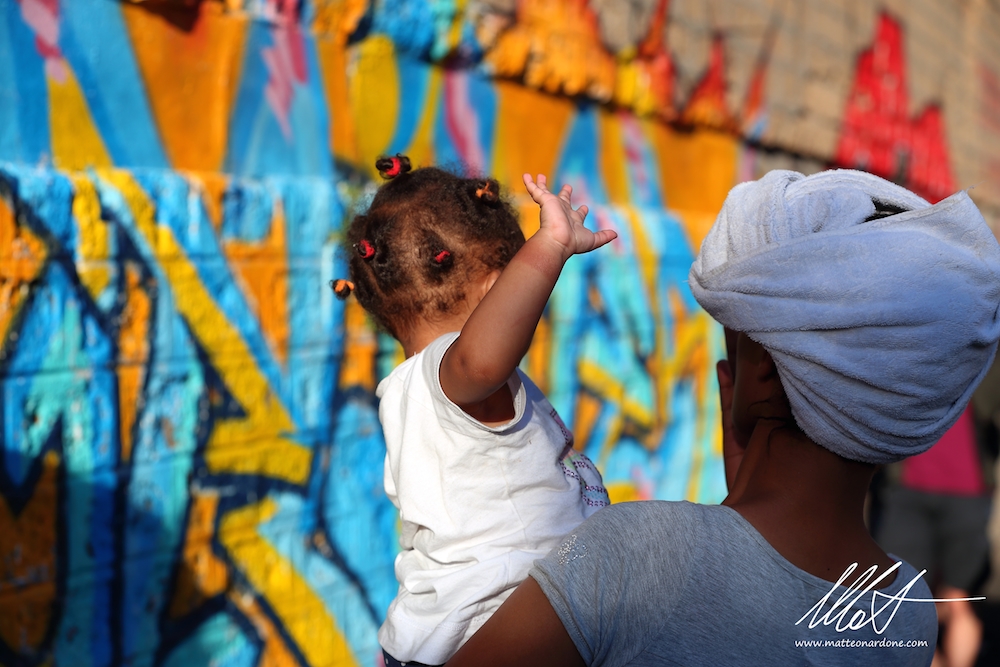 And yet a woman with a towel on his head, the mother of a daughter, a little more than two years in her arms, and behind a graffiti wall. Here, too, one of my similes, or artistic transpositions, Piazza Navona is one of Bernini’s statue evokes a gesture similar to that of the child.
And yet a woman with a towel on his head, the mother of a daughter, a little more than two years in her arms, and behind a graffiti wall. Here, too, one of my similes, or artistic transpositions, Piazza Navona is one of Bernini’s statue evokes a gesture similar to that of the child.
Art has a strong influence for you?
I’m always fond of painting and sculpture. Ever since I was a child I had a strong curiosity for art history. And also why I feel privileged, Rome offers you a story, and I can see and fully enjoy the mystery and fascination. For me it is an open air museum. And then all the stories and legends related to the alleys and people, makes it even more exciting to know the city. For example, the biography of Beatrice Cenci and her life. Speaking of painting like the impressionists, when I was in Paris at the Musée d’Orsay I missed to live the emotions of paintings by Monet, Van Gogh, Cezanne, Pizarro and other painters for almost a day. I like to paint en plein air, how they managed to grasp the nuances of life and color, I have been years ago in Provence to observe the purple lavender fields, poppies and all the color variations, and found myself in those paintings .
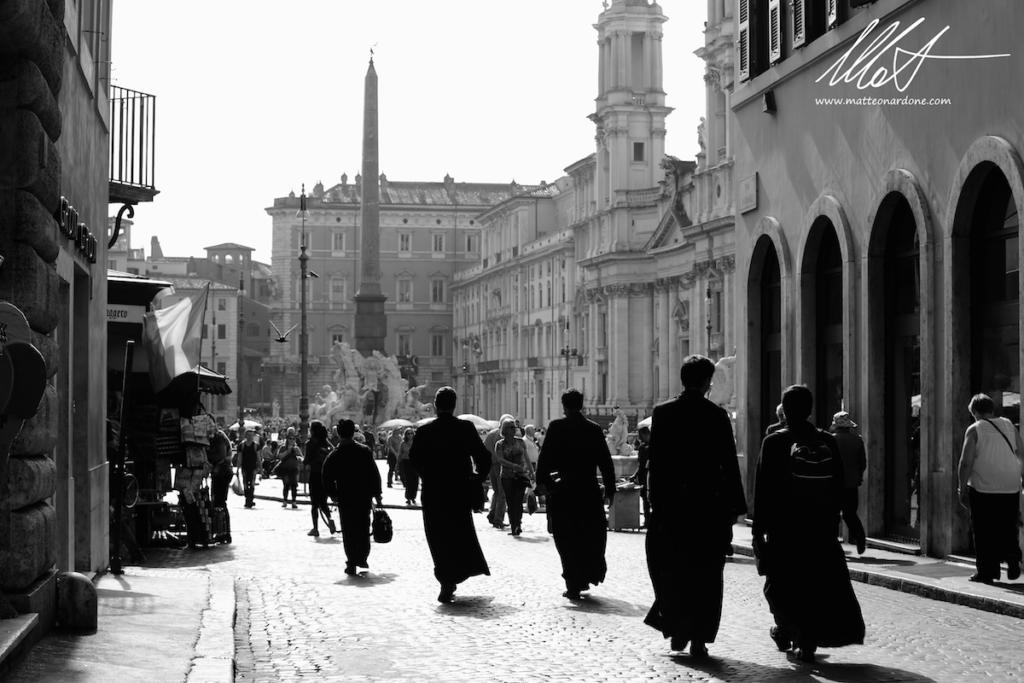 Places particularly suggestive Roman, not only to photograph, but where to have a study, for example, a living?
Places particularly suggestive Roman, not only to photograph, but where to have a study, for example, a living?
Aventine, between the medieval basilicas, around the orange grove, there’s just an oasis of Rome, it seems not to be in the heart of the eternal city.
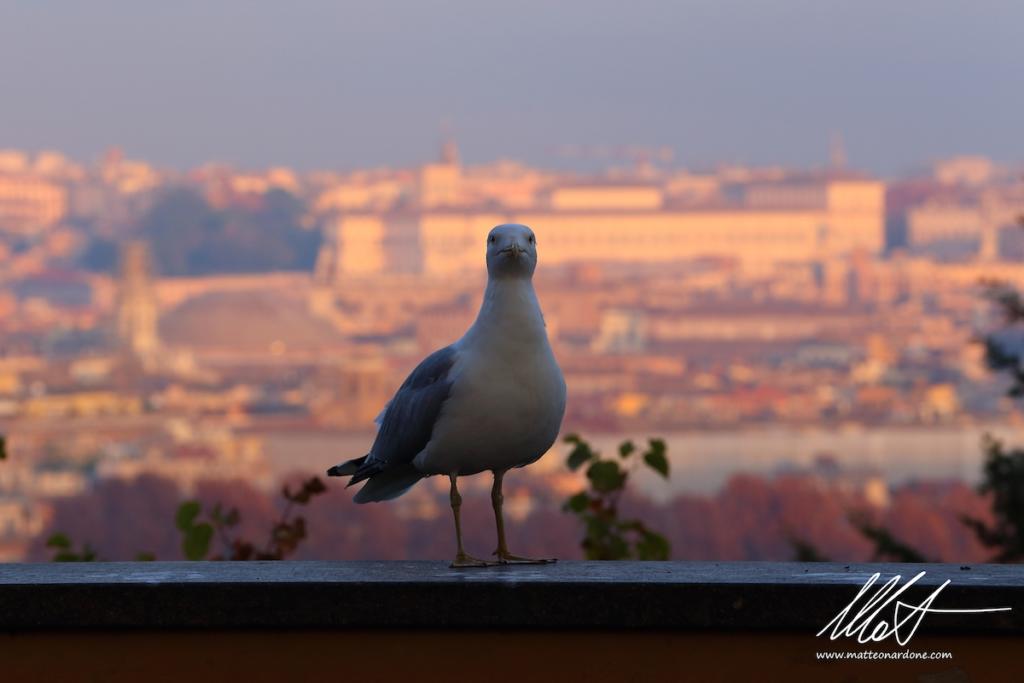 But even if it were possible to choose the classic scenic places: Janiculum, Pincio Terrace overlooking the Vittoriano, or even a walk along the alleys of Trastevere when you are deserted … or the dome of St. Peter, if you can climb all its stairs diagonally, if you suffer from vertigo or claustrophobia, and you get to see all of Rome, almost to the sea, you feel almost touching the sky, see the story before your eyes. Where would you take a tourist? The first places that come to mind are Margutta street, with all the studios of artists and where they make the “Art Exhibition of One hundred Painters”. But also take him to visit the small workshop of the stonemason of the sayings and mottos of the Romans. I bought two of them with the inscription: “A ricordamose de ride” and “I realisti sanno dove stanno andando, i sognatori ci sono già”.
But even if it were possible to choose the classic scenic places: Janiculum, Pincio Terrace overlooking the Vittoriano, or even a walk along the alleys of Trastevere when you are deserted … or the dome of St. Peter, if you can climb all its stairs diagonally, if you suffer from vertigo or claustrophobia, and you get to see all of Rome, almost to the sea, you feel almost touching the sky, see the story before your eyes. Where would you take a tourist? The first places that come to mind are Margutta street, with all the studios of artists and where they make the “Art Exhibition of One hundred Painters”. But also take him to visit the small workshop of the stonemason of the sayings and mottos of the Romans. I bought two of them with the inscription: “A ricordamose de ride” and “I realisti sanno dove stanno andando, i sognatori ci sono già”.
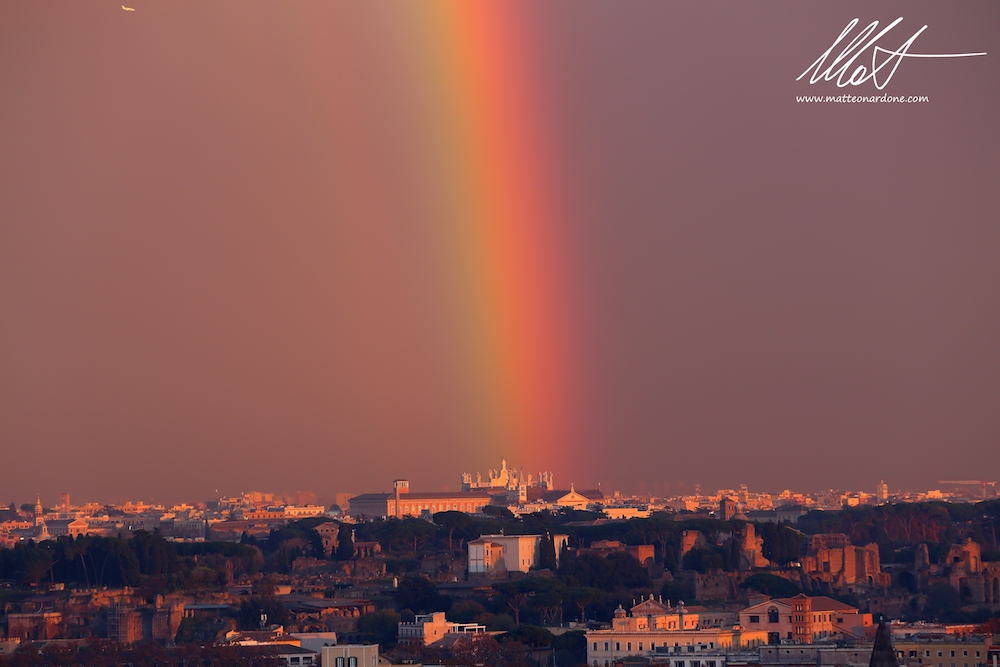 What do you use to photograph?
What do you use to photograph?
I use Canon6D with two camera bodies. For processing images using the computer in Windows environment, are one of the few, most photographers use the mac and the apple world.
The photographer in his profession is also a bit “narcissist”, you find yourself in this feature?
I feel narcissistic? I do not know, I never thought. This is a job that leads you to be ever-changing, you compare yourself with others and is a continuous discovery, you give advice to others, and you stand to get advice. I would grow as a person and as a photographer. Then actually I feel a antidivo, I look forward and I follow the flow of ups and downs of life. The photographer must always remain behind the scenes to capture the best emotions.
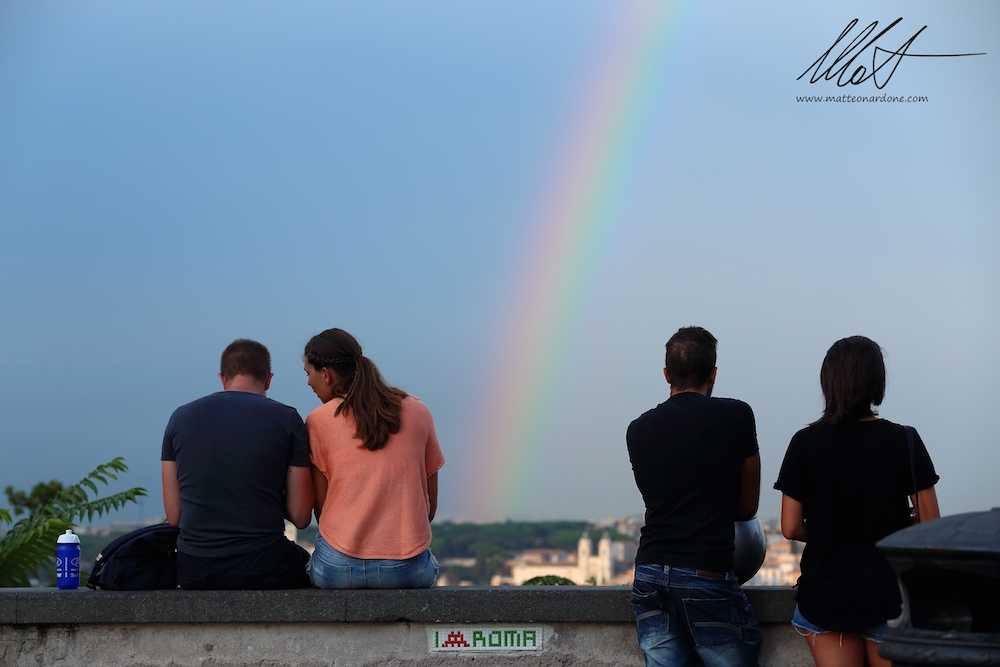 Are there any projects you would like to one day accomplish?
Are there any projects you would like to one day accomplish?
Different. An ideal project would be to be able to capture the feelings of women, smiles, pain, melancholy. Then study the life under the sea, but that will remain a dream because I would have no problem staying under water! Climb on top of a very high mountain to realize a 360 ° view. Make a report of the sites of the battles, such as the tunnels of World War I on the Alps … to figure out who knows what life was like in the trenches. Drive along the ancient Appian Way, from Porta San Sebastiano to Brindisi. Or the Via Francigena, for a report with all the pilgrims, to capture the faces with their emotions. I would also have liked the migrants and the crisis in Croatia and Serbia, but I could not. Let’s say that the basic ingredients are three: the mystery, charm and history.
Matteo Nardone Website: www.matteonardone.com
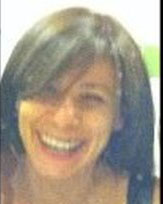
Parole, lingua e linguaggio, arte e le nuove tecnologie sono quel filo rosso con il quale mi diverto a tessere le mie giornate. Innovazione e sviluppo di nuovi orizzonti gli spunti che mi fa piacere incontrare. Giornalista, editor, copy writer e content media. Dopo la laurea in Filosofia del Linguaggio e della Mente a Napoli, mi trasferisco a Roma dove mi specializzo in comunicazione per il web e i nuovi media e per diversi anni sono caporedattore del mensile “Next Exit, creatività e lavoro” approfondendo temi di economia della cultura. Ho curato la pubblicazione di diversi progetti editoriali, tra cui Young Blood, annuario dei giovani artisti italiani, e RomaCreativa, per fare una mappatura dei creativi italiani nel mondo e nella capitale.
